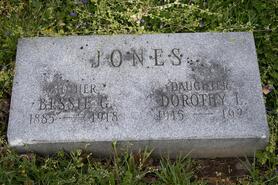 Grave of Bessie G. Jones in Area H/LOt 140 Grave of Bessie G. Jones in Area H/LOt 140 A few months ago, I wrote an article entitled “An Echo From the Past” which focused on a particular section of the cemetery’s Area T, which contains 40 victims of the Spanish Influenza pandemic of 1918. Most had died in the months of September and October. That time in our history featured mandated quarantines, event postponements and suggestions for social distancing. One also has to remember that there was a "world war" also going on at this time too! The war ended on November 11th, but celebration was tempered because a second, lesser, wave of the flu hit a few weeks later and stayed into the new year of 1919 before dissipating by late February/March of 1919. I'm sure many at the time replied, "Oh, 1918, what a crazy and depressing year." When things opened up there were no restaurant capacity limitations and mask requirements as we have been experiencing a century later, but one thing was certainly the same—people longed to return to normalcy after an eight-month period of unknown. Unlike Covid-19 which has targeted our older population today, the Spanish Flu skewed toward younger victims between 20-40, and included teens but not many children. Things eventually returned to normal. One particular place that needed a peaceful return was the sleepy hamlet of Buckeystown, located just a few short miles southeast of Frederick. It was here in late September, 1919, that Frederick County's first cases of Spanish Flu were occurred. Forty cases were reported there by September 26th, and our county’s first attributable death was that of resident Bessie G. Jones, a 33 year-old housewife. More "Buckeystownians" would perish in the weeks to come. In the summer of 1920, nearly two years later, the Buckeystown community would shaken when two local young ladies, both seventeen-year olds, would perish in a tragic accident, setting the stage for the largest attended funeral services in the town's history up to that time. Subsequently, the girls would be buried in Mount Olivet's Area T. Unlike their neighbors who had passed in 1918, their demise was certainly not caused by the flu, but by drowning. With the emergence of spring and summer, folks sought comfort in outdoor activities such as picnics, baseball games, the Braddock Heights amusement park, camping and swimming. The latter activity of water recreation can today be easily achieved with a multi-hour trip to the eastern shore and the beach or bay, or perhaps a trek westward to Deep Creek Lake. For most Frederick residents, the more common route to cool off in summertime included a jump in a nearby swimmin’ hole, be it pond, creek, or river. Sadly, our subjects of this week’s story would meet a tragic end in mid-July while on an innocent canoeing-swimming foray with a group of teenage friends in the Monocacy River just southeast of Buckeystown. Mary Elizabeth Ball was a native of Paeonian Springs, Virginia, located between Waterford and Leesburg. She was one of seven children, and went by her middle name. Her father, Stephen M. Ball was born in Tennessee, but had parental ties to Loudoun County. He married a Poolesville (MD) girl named Sarah Louise White. The Balls moved north of the Potomac River to Brunswick some years earlier but wound up in Buckeystown working as a tenant farmer on the farm of William G. Baker which was southeast of town on property now comprising Buckingham's Choice senior community and the Claggett Center. Elizabeth's paternal grandparents had a farm in Buckeystown as well. Elizabeth Plant had moved to Buckeystown just one month prior (June 1920) from her previous home at 2816 Alameda Street in downtown Baltimore. She was the daughter of William and Mary (Schuck) Plant. Her father was a successful builder and died in 1908 when she was five. Elizabeth and her brother Albin came with their mother from Baltimore and opened a small mercantile business. Although I didn't find one, I imagine that they must have had relatives or family friends here. On Tuesday, July 13th, 1920, both Elizabeths joined up with local friends for a day of fun and frolic on the Monocacy River (just east of town). Newspaper articles across the state would capture the terrible events of that ill-fated river excursion. As can be seen from the reports, Miss Ball was heroic in her attempt to save her new friend from Baltimore. Burial services were held at Mount Olivet a day later on July 15th, 1920. Interestingly, both girls are buried roughly ten yards apart in the northern section of Area T and have matching tombstones. As a matter of fact, Elizabeth Plant was buried in the Ball family lot. Mr. Stephen M. Ball, Elizabeth's father, took care of the arrangements for having Elizabeth Plant interred here. He, himself, would be laid to rest here just nine months later. The details of his death make the drowning story even sadder. All deaths come with a degree of sadness, but a century ago in 1920, there was no sadder place than Area T on account of those who died far before their prime. As a footnote to the story, my research efforts showed me that the Ball family were not the only ones trying to move forward from the tragic drowning of July, 1920. Elizabeth Plant’s grieving mother, Mary, was experiencing added stress and heartache. The daughter of German immigrants, she was raised in Baltimore and came to Buckeystown in 1920 to operate a general store a decade after the death of her husband. In November, 1920, the business would suffer destruction from a fire. After getting back and running again, her store fell prey to a burglary. Not a banner year for Mrs. Plant at all. One year later, exactly one week after the first anniversary of her daughter's death, Mary Plant would be named Buckeystown's postmaster. She would eventually return to Baltimore by 1930 and lived out her life in "the monumental city" until her death in 1963. I couldn't find her definitive burial site, learning that she wasn't buried here in Mount Olivet with her daughter. Her husband, William is buried in Dundalk's Sacred Heart of Jesus Cemetery in Baltimore. I would assume she is buried there alongside him. Her parents are interred there as well.
Author's Note: Special thanks go out to my friend Ron Angleberger who did some advance research and introduced me to this somber tale. Likewise, friend and Buckeystown historian Nancy Willmann Bodmer gave me additional info and photos.
1 Comment
Karen A Helms
4/18/2022 12:04:41 pm
Thank you for this article. John L. Ball was my grandfather. I remember him and his sisters and brothers well. Of course, never met Mary Elizabeth.
Reply
Leave a Reply. |
STORIES
|
Archives
July 2024
June 2024
May 2024
April 2024
March 2024
February 2024
January 2024
December 2023
November 2023
September 2023
August 2023
July 2023
June 2023
May 2023
April 2023
March 2023
February 2023
January 2023
December 2022
November 2022
October 2022
September 2022
August 2022
July 2022
June 2022
May 2022
April 2022
March 2022
February 2022
January 2022
December 2021
November 2021
October 2021
September 2021
August 2021
July 2021
June 2021
May 2021
April 2021
March 2021
February 2021
January 2021
December 2020
November 2020
October 2020
September 2020
August 2020
July 2020
June 2020
May 2020
April 2020
March 2020
February 2020
January 2020
December 2019
November 2019
October 2019
September 2019
August 2019
July 2019
June 2019
May 2019
April 2019
March 2019
February 2019
January 2019
December 2018
November 2018
October 2018
September 2018
August 2018
July 2018
June 2018
May 2018
April 2018
March 2018
February 2018
January 2018
December 2017
November 2017
October 2017
September 2017
August 2017
July 2017
June 2017
May 2017
April 2017
March 2017
February 2017
January 2017
December 2016
November 2016

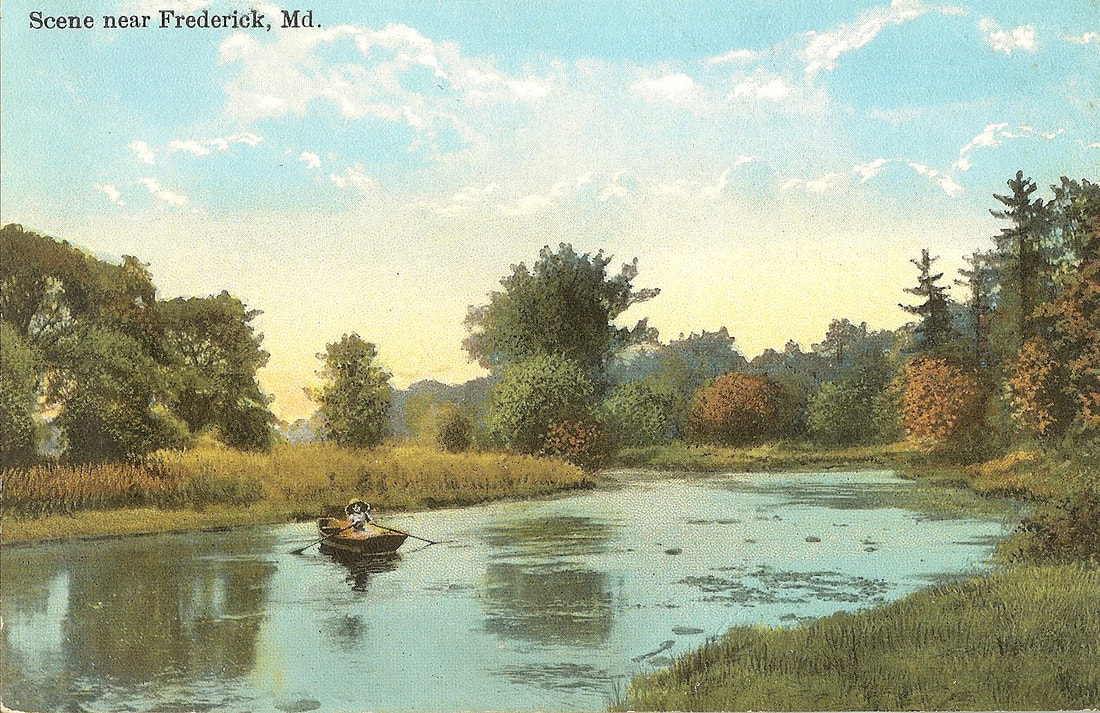
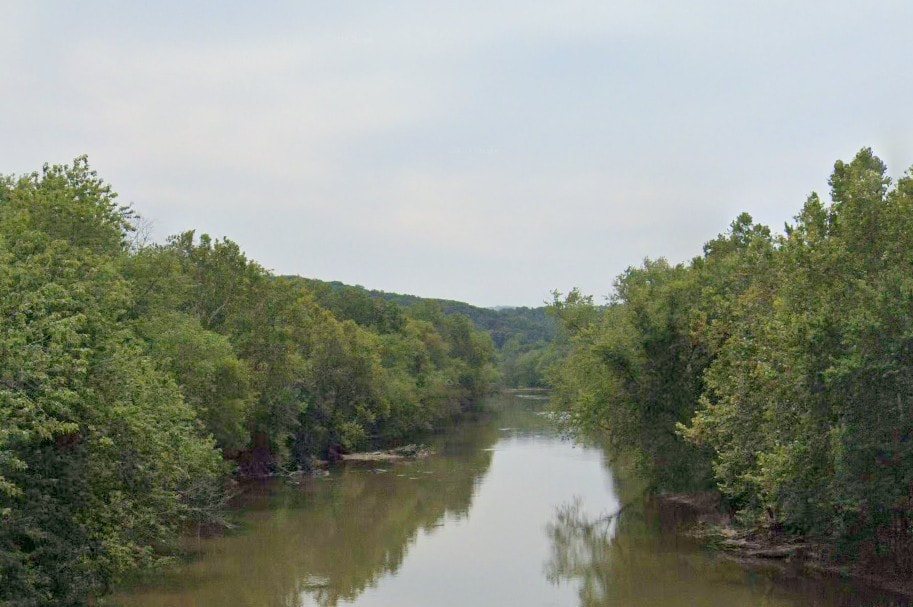

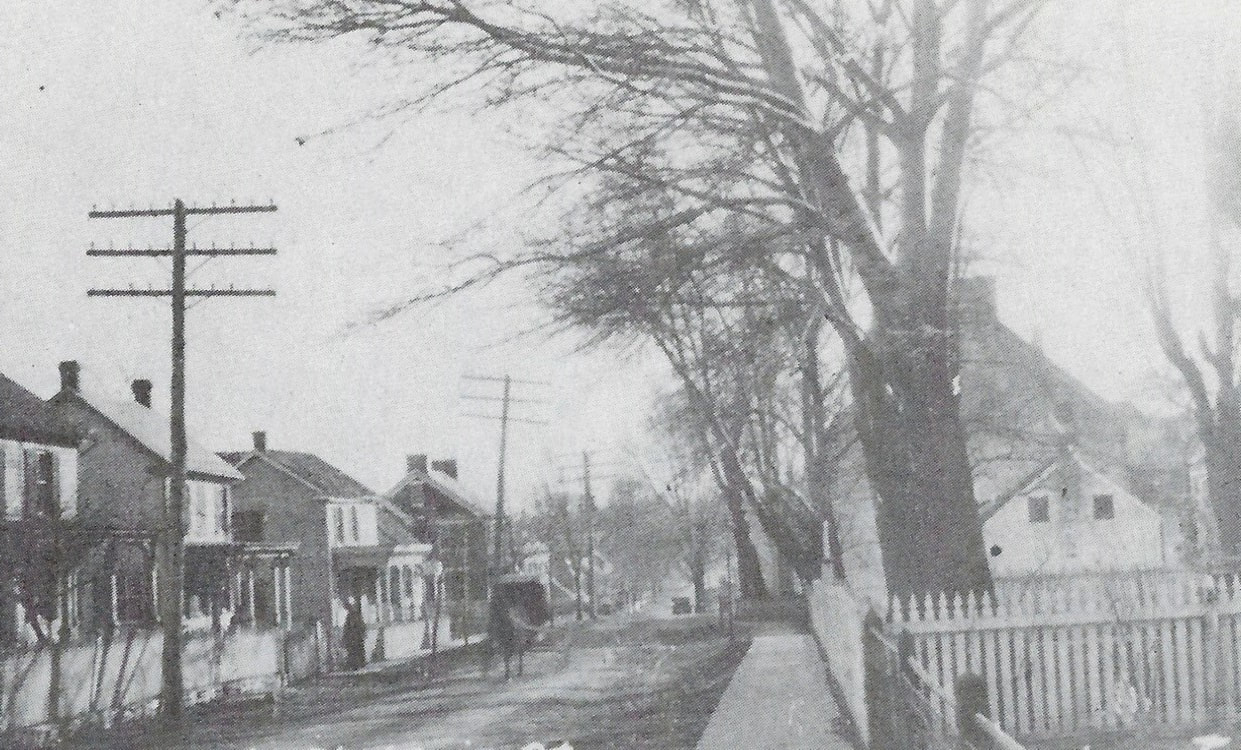
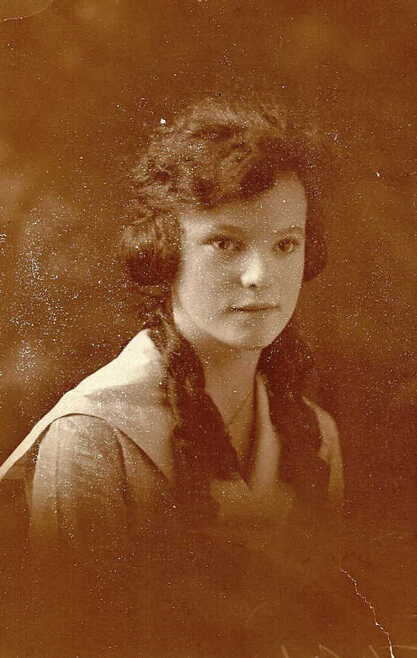


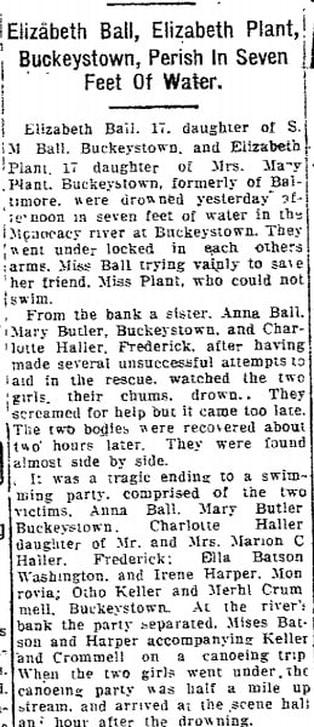
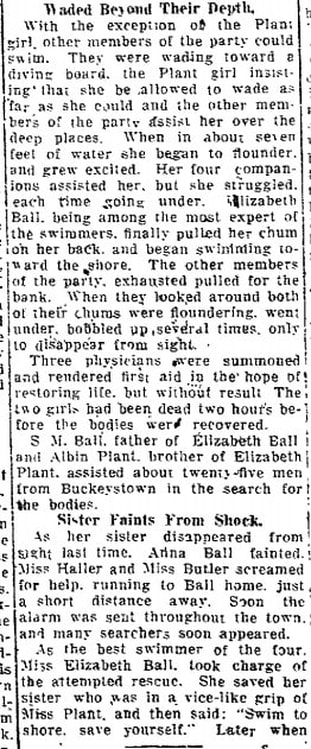
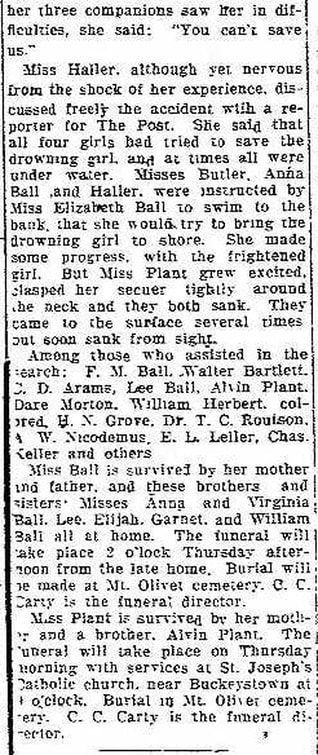
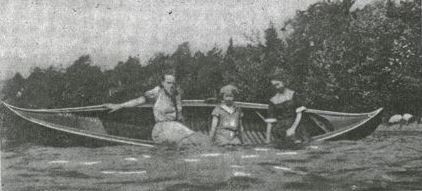
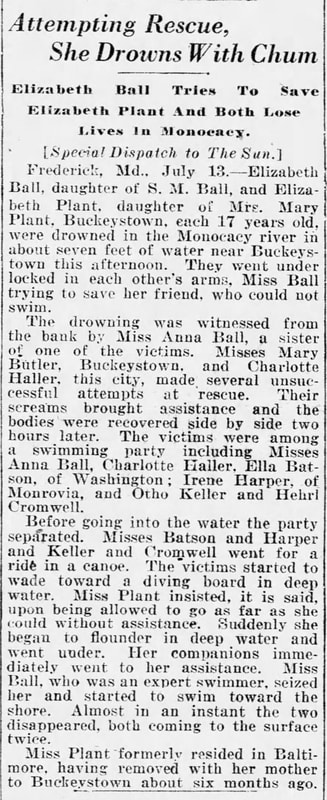
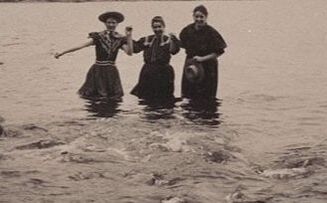
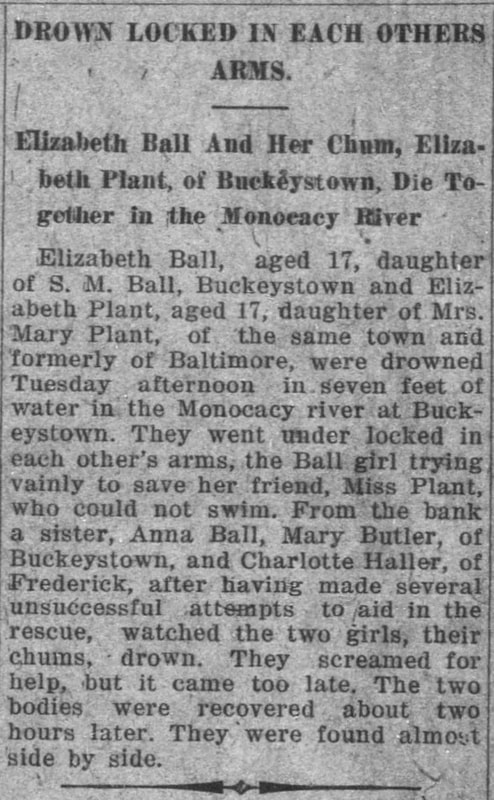
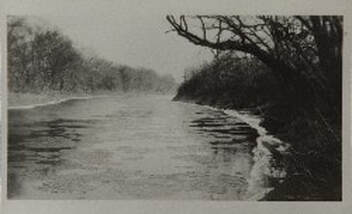
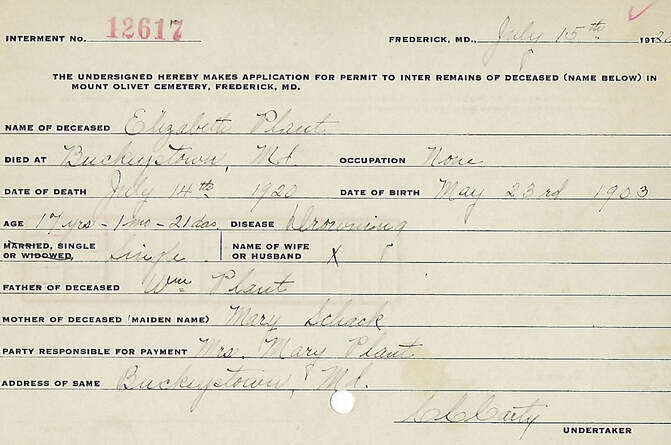
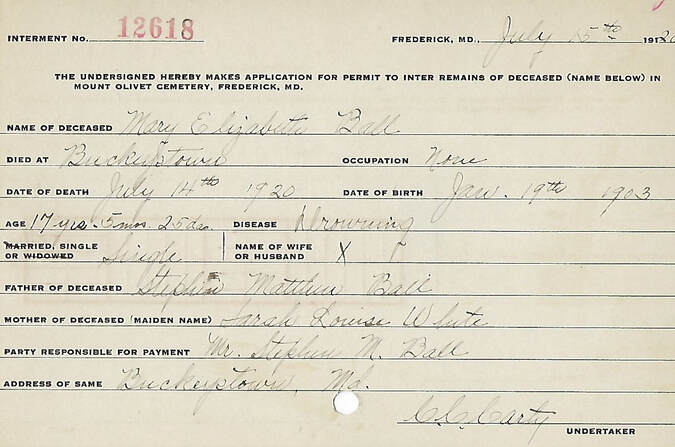
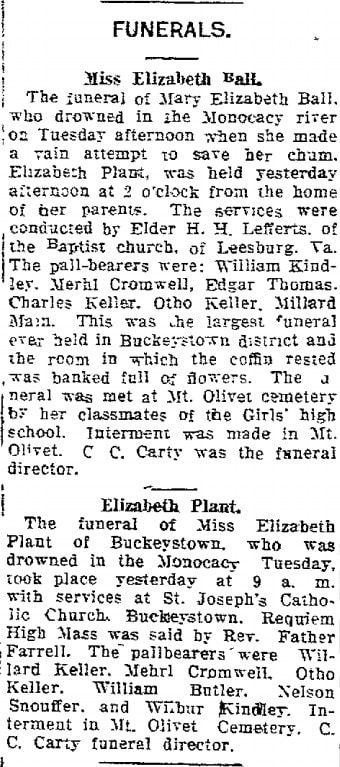
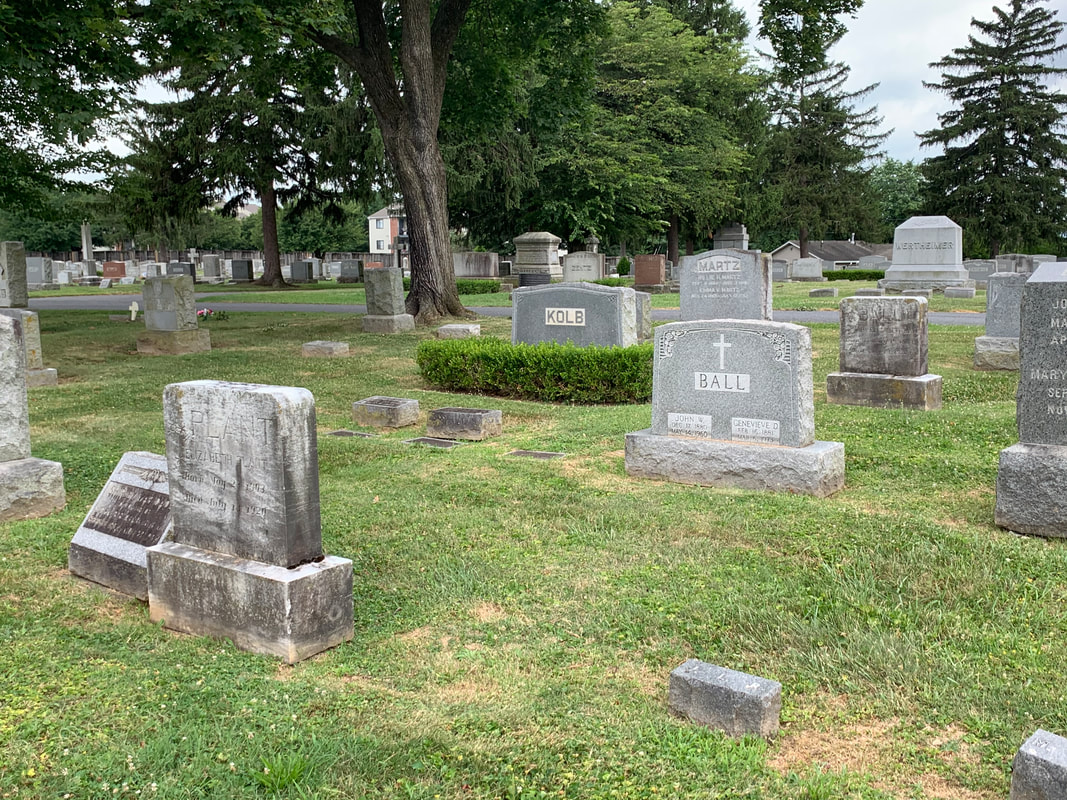
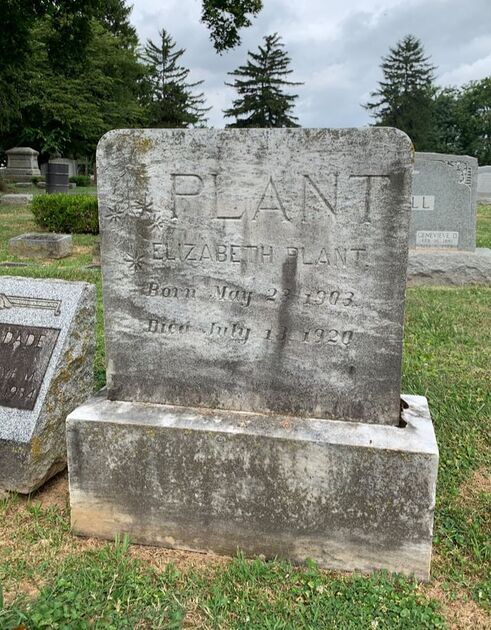
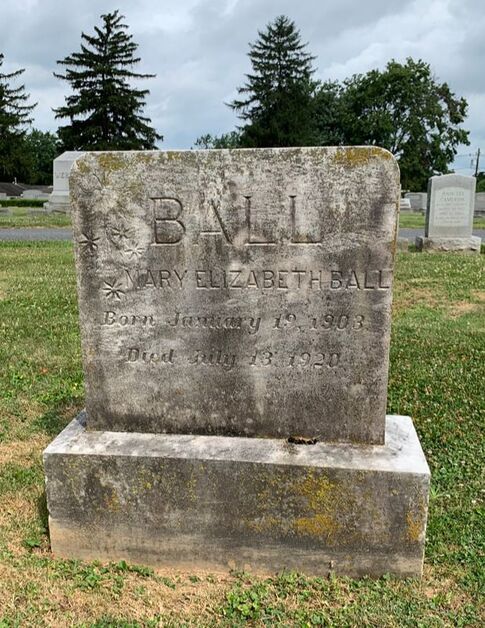
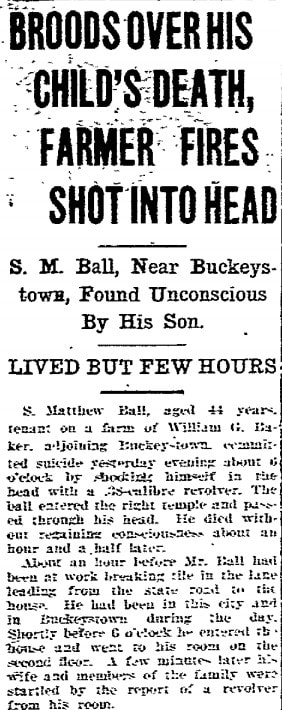
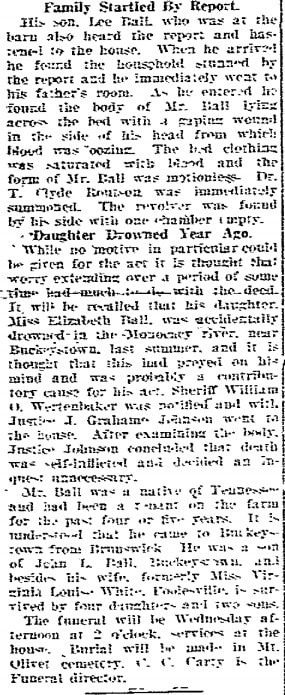
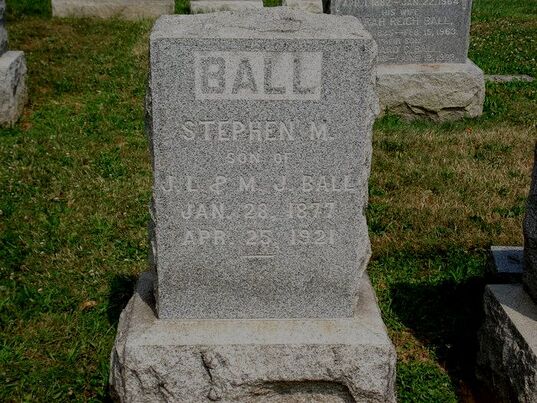
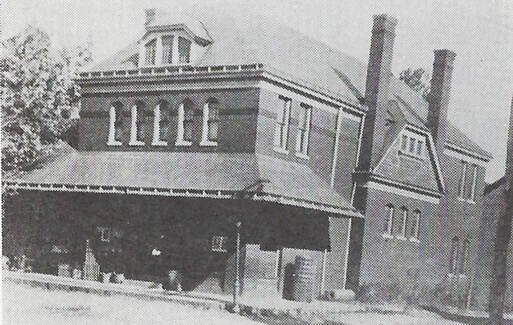
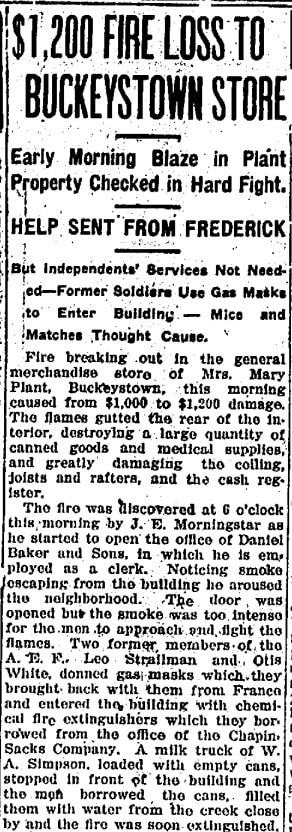
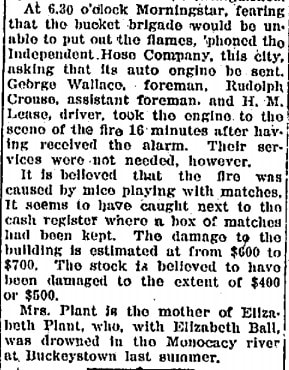
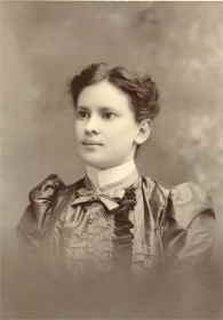
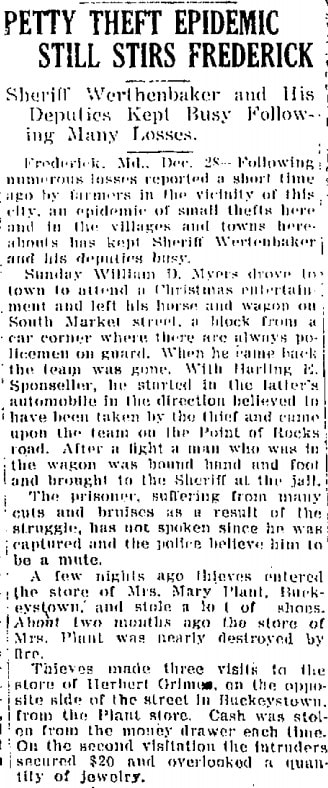

 RSS Feed
RSS Feed